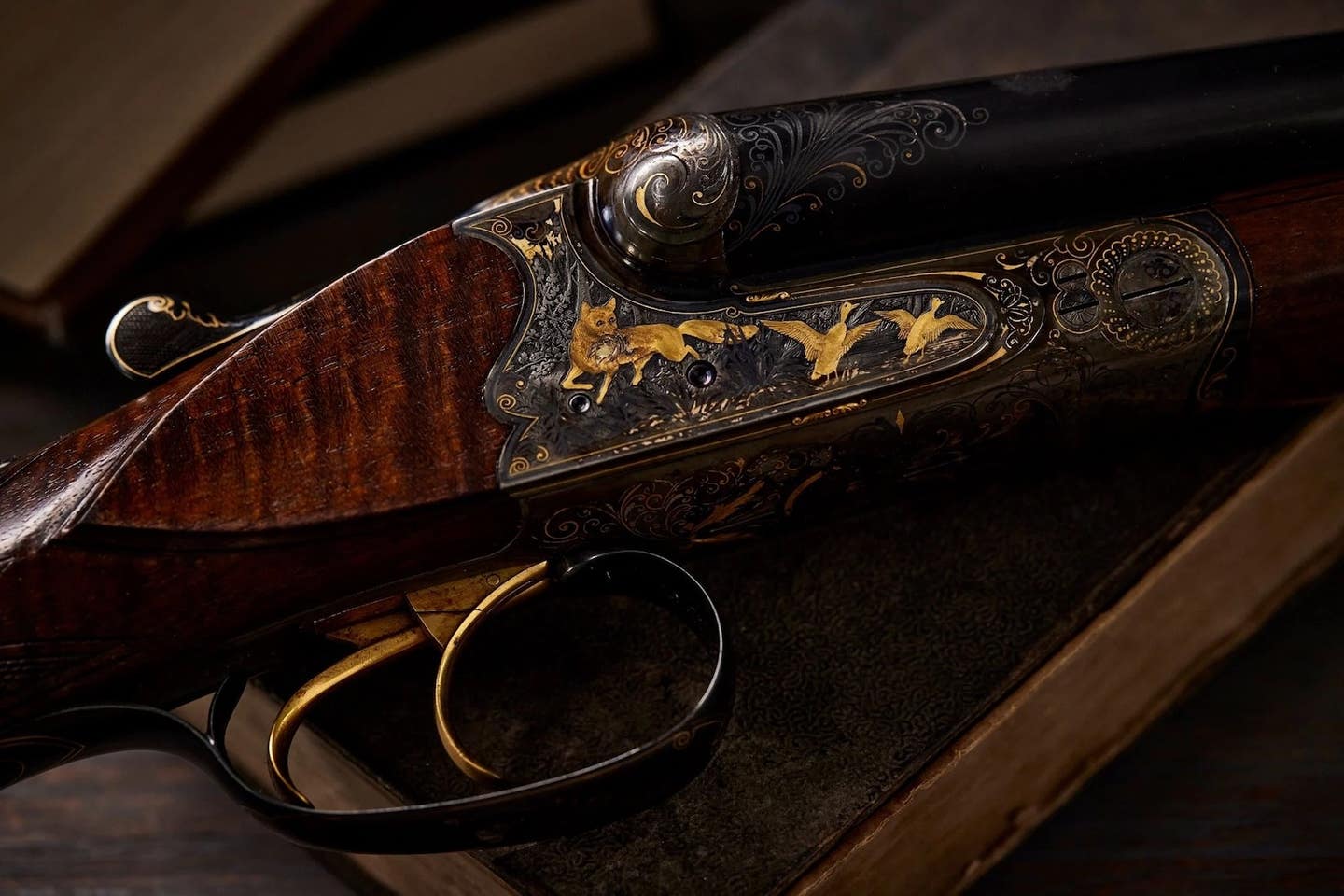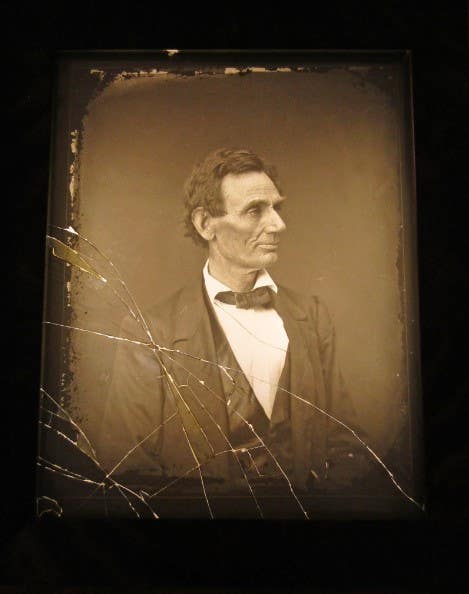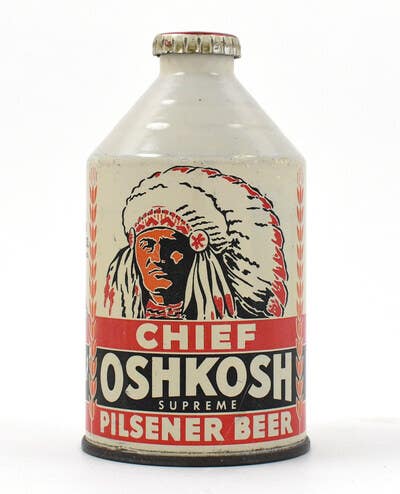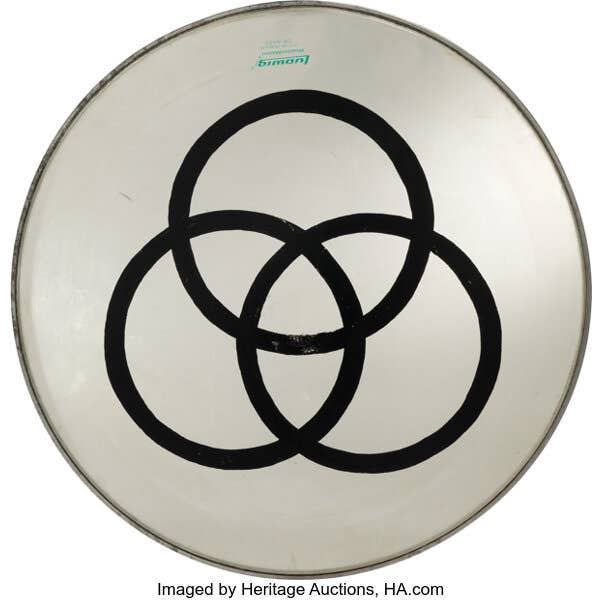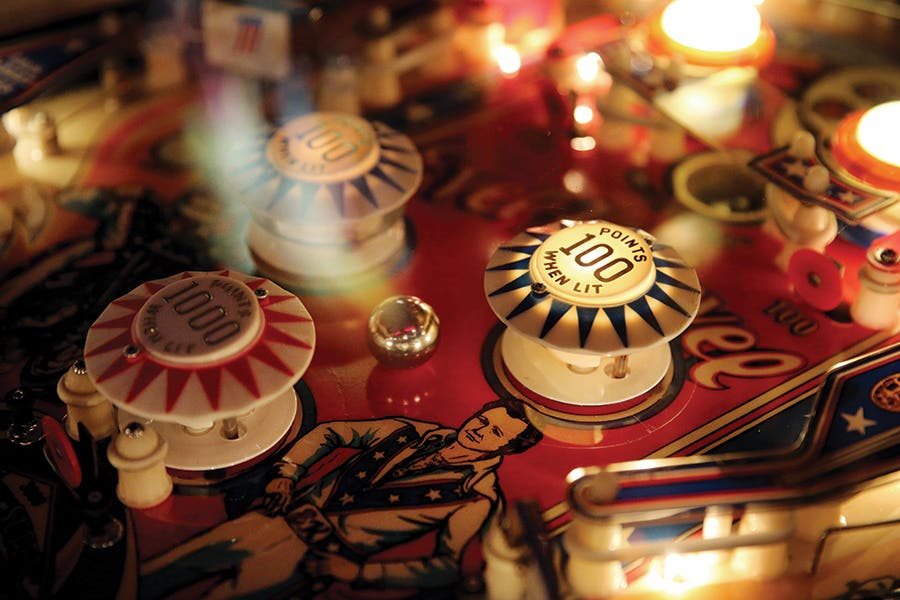How to discern an original Audubon print
To find an original John James Audubon print from his original Birds of America Series, 1827-1838, would be considered quite a treasure and rare.
Antiques appraisals by Susan Mullikin, graduate of the Asheford Institute of Antiques.
Question: I was cleaning out my basement and came across this picture my husband bought at a garage sale years ago. I was going to get rid of it until I noticed the artist’s name: J.J. Audubon. I recognized his name because I was given a book when I was very young titled, Audubon Animals: The Quadrupeds of North America by Alice Ford. I could not find this picture in the book. Could you tell me anything about it and if it has any value?
On the left top is No. 39. On the right top is Plate cxcl. Name of picture: Willow Grouse or Large Ptarmigan. On left bottom is: Drawn from nature by J.J. Audubon F.R.E. F.L.S. Right bottom has: Engraved, printed & coloured by R. Havell 1834
I would appreciate any information you can give me.
— M.P., Cochranton, Pennsylvaia
Answer: In today’s marketplace to find an original John James Audubon print from his original Birds of America Series, 1827-1838 would be considered quite a treasure and rare. Most prints found today are, unfortunately, reproductions.
John James Audubon, 1785-1851, an ornithologist, naturalist, and artist, explored the American backwoods and wilderness to discover, record, and illustrate its avian life. He was known for his extraordinary undertaking to record the birds of America. Together with Robert Havell (whom he met in Great Britain) as his engraver (as seen in the bottom right of your print) the pair undertook Audubon’s great works.
Certain criteria must be present when assessing a John James Audubon print as to its authenticity, since many reproductions do exist. The first important criteria to consider is the presence of a “Whatman” watermark. When held up to the light an original Audubon print will show a watermark as part of the paper. This is a must before considering any other factors in authenticating an original Audubon print.
You did not mention the size of your print, which is another factor to take into consideration and necessary for authenticating an original Audubon print. John James Audubon originals were only produced in two sizes, either in life size 26 1/2” x 39 1/4” or in a size considered the octavo size, 1/8 the size of a full sheet of paper, 6 1/2” by 10 1/2”. The life size print has been found in instances to have been trimmed down in size.
I believe your print is mechanically reproduced not hand done and its value placed in terms of sentimental or decorative. Though a picture of a picture can tell very little without a hands-on examination, I do recommend a professional appraisal of your print if still in doubt.
♦ ♦ ♦ ♦ ♦ ♦ ♦ ♦ ♦
Question: We inherited this handmade plow that the curator of our museum said he thought was around 200 years old. It appears to be hickory. We are in southwest Oklahoma and this wood is not native to this area. The plow has two small rudders that are inserted either vertical or horizontal for some reason. The bolt that holds it together is handmade and heavy. Any information from an expert would help us make the decision as to what to do with it. Value? Origin?
— A.H., Hobart, Oklahoma
Answer: You have inherited a wonderful wooden folk art plow portraying farming life approximately 200 years ago. After research I date your plow even a little earlier to the very end of the 18th century to the very beginning of the 19th century, due to the fact that wooden plows began to be replaced by iron plows in 1820.
Early farming implements were few and of rude construction such as yours. Plows at this time were of either the bar shape or the shape of a shovel. You did mention that you live in Oklahoma and feel that your plow did nor originate there based on the assessment that it was constructed of hickory wood. Hickory wood is native to the eastern United States. I feel your plow was possibly constructed in an eastern state and brought out west to help start a new life when many traveled westward.
In regards to value and what best to do with your plow, I would recommend donating it to your museum. You have a very unique rare early plow all wooden in construction with few having been in existence at the beginning of the 19th century before iron was added. I’m sure your museum would treasure this addition to their collection depicting early farm life. I would place a value on your plow of $1,200.
Susan Mullikin, owner of Mother and Daughter Vintage Clothing and Antiques is an honors graduate of the Asheford Institute of Antiques. For the last 25 years she has specialized in assisting clients across the U.S. in regards to fine antique garments, textiles, and ladies accessories. She provides conservation, restoration and appraisal services.
AntiqueTrader.com is a participant in the Amazon Services LLC Associates Program, an affiliate advertising program designed to provide a means for sites to earn advertising fees by advertising and linking to Amazon.com and affiliated websites.



